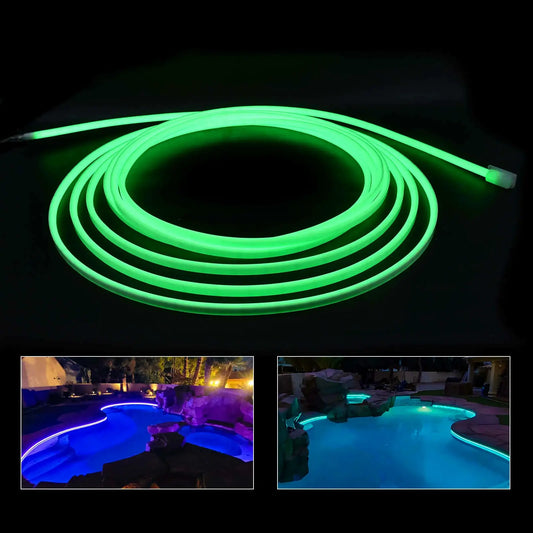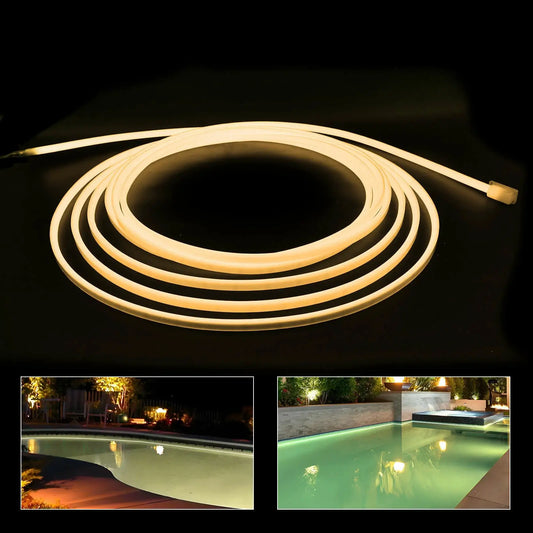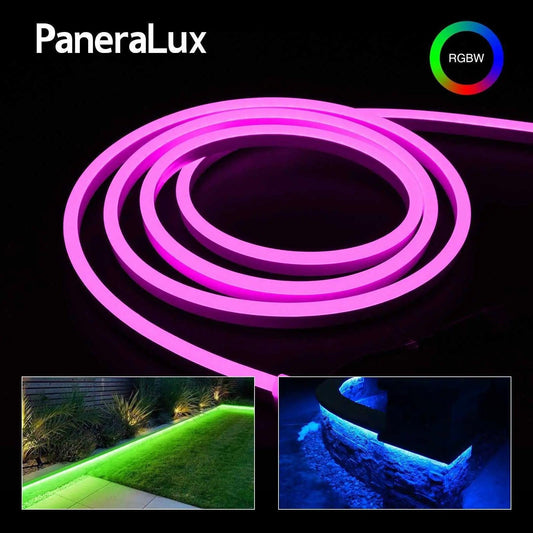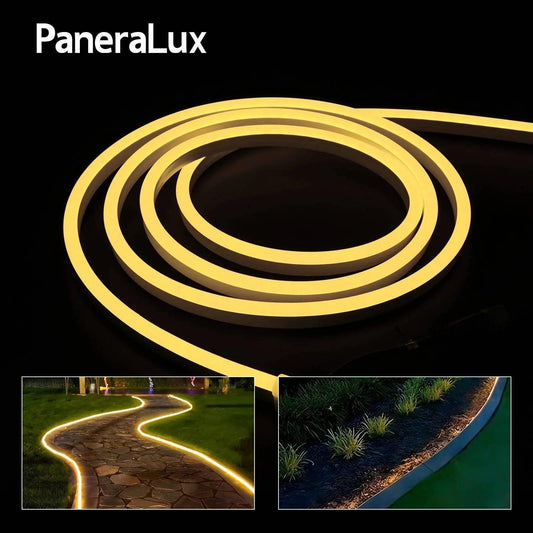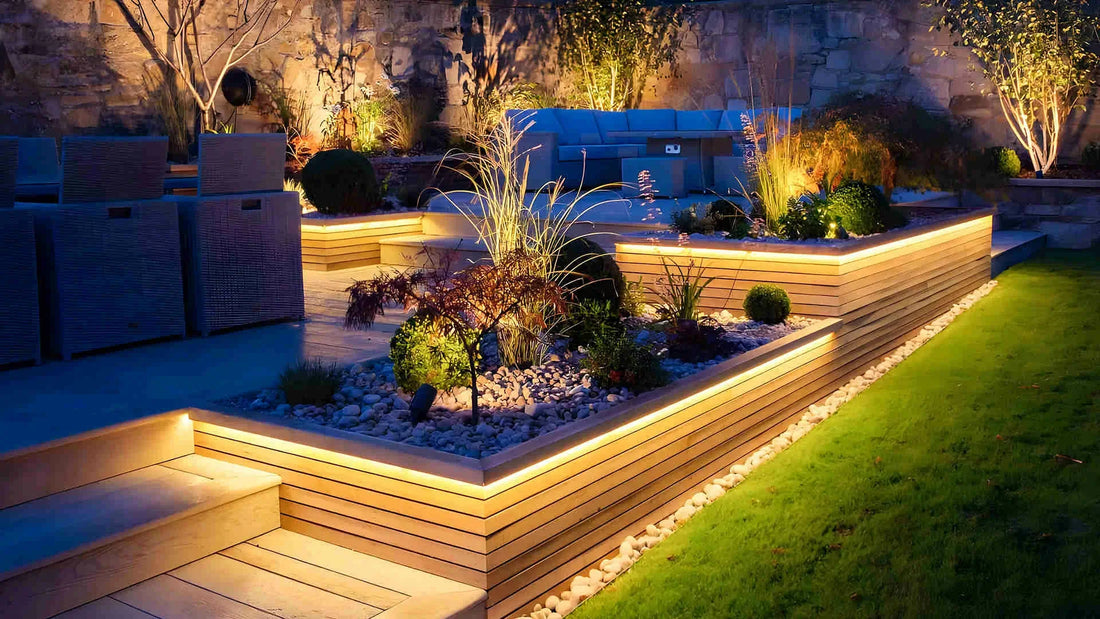
How to Choose Between 12V and 24V Landscape Lighting
Published: Last Updated: Estimated Reading time: 3 minsWhen designing garden or outdoor lighting, 12V and 24V low-voltage lighting systems are the most common choices. Many people struggle with the question: which one to choose? The answer is simple; it depends on your brightness requirements, wiring distance, and specific usage scenario.
1. Brightness and Scope
12V landscape lighting: Lower power consumption, softer light, suitable for small courtyards, garden paths, or decorative lighting.
24V landscape lighting: Higher power consumption, higher brightness, and wider coverage are suitable for large areas, such as long paths, pool areas, or expansive courtyards.
In short: Choose 12V for small spaces, 24V for large spaces.
2. Wiring Distance and Voltage Drop
12V outdoor lighting: While it performs well for short wiring distances, voltage drop becomes noticeable once the wiring exceeds 10 meters, potentially resulting in dim light at the end. 24V outdoor lighting: Higher voltage offers greater stability, allowing for longer wiring distances. Even with long wiring runs, brightness loss is less likely to occur.
Therefore, if long wiring runs are required, a 24V system is recommended.
3. Safety
12V low-voltage lighting: Lower voltage eliminates the risk of electric shock, making it ideal for home use, especially in homes with children or pets.
24V low-voltage lighting: Slightly higher voltage, but still within the safe range, is typically used for more professional or demanding installations.
In general, 12V systems prioritize home safety, while 24V is more suitable for professional applications.
4. Cost and Maintenance
12V lighting systems: Offer a wide selection of products, are more affordable, and offer easier maintenance.
24V lighting systems: While the initial equipment investment is slightly higher, they can reduce wiring and the number of transformers, potentially offering greater long-term peace of mind.
For cost-effectiveness and ease of maintenance, choose 12V; for higher performance and long-term stability, choose 24V.
Summary
If you're only illuminating a small area, 12V landscape lighting is perfectly adequate. However, if you need to illuminate a larger area or are concerned about voltage drop due to long wiring runs, 24V landscape lighting is a more suitable option.
Before making a decision, it's recommended to ask yourself three questions:
a. How bright do you need it to be?
b. Is the wiring distance long?
c. Do you plan to expand your lighting system in the future?
Answering these three questions will help you make a clearer choice: Do you prefer the flexibility and affordability of 12V or the power and stability of 24V? By clarifying your needs, you can easily choose the best option for you.

